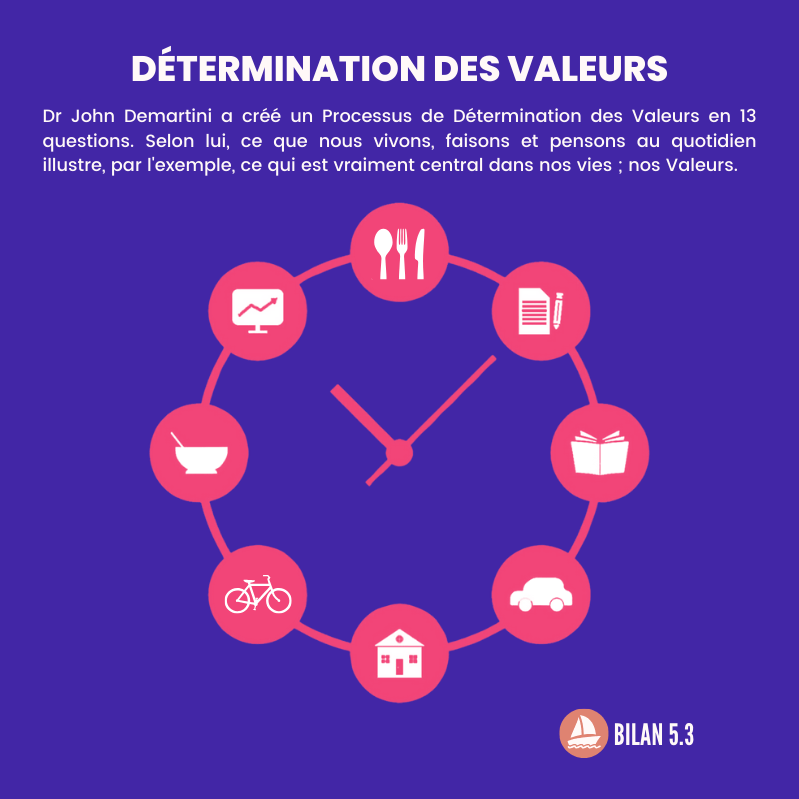Because they are not openly called “cancers”, lymphomas suffer from ignorance among the general public. However, in metropolitan France, lymphomas represent half of diseases of the blood and lymphatic system and affect 23,000 new people every year. They are the 5th most common cancers in adults, the 3rd most common cancers in children under 14 and the cancers most often diagnosed in adolescents aged 15 to 17..
On the occasion of World Lymphoma Day, which is part of the dynamics of Blood Cancer Month this September 15, the IMPAQT survey carried out by the IFOP in collaboration with France Lymphoma Hope (FLE) and the institutional support of the Takeda laboratory, collected the opinion of 312 patients on their experience with the disease, exploring more specifically the impact of lymphoma on quality of life, whether professional, student or personal.
Of these patients, 273 suffered from Hodgky’s lymphoma (HL) and 39 from cutaneous lymphoma (CL). All recognized a need for support and information from health professionals. But while 48% of patients with HL feel well informed about their treatment, only 23% of patients with LC. It is these same patients with LC who are 61% to want more psychological support, in particular following the diagnosis. Finally, the latter are also in the majority (58%) to wish for better communication around their disease, in comparison with other cancers, which are more publicized.
How does lymphoma develop?
Unlike other forms of cancer such as breast cancerwhere the lung cancer, lymphomas are not tumors that develop in a specific organ. They occur when certain lymphocytes (a type of white blood cells found in the blood) begin to multiply abnormally and uncontrollably. Little by little, these cells accumulate and end up forming tumors in various elements of the lymphatic system, in particular the nodes which end up swelling. But other organs can be affected since the lymphocytes circulate throughout the body.
Several categories of lymphoma exist:
- Hodgkin lymphoma or Hodgkin’s disease (HL)
- Non-Hodgkin’s lymphoma (NHL) which covers more than 80 lymphoma subtypes: B-cell, T-cell or NK-cell lymphoma. Their classification is established by the World Health Organization (WHO). Among these non-Hodgkin’s lymphomas, we also find cutaneous lymphoma (CL), a rare disease that affects 800 people each year.
Lymphoma, does it affect more men or women?
Lymphoma is a form of cancer that can affect anyone, men and women. It is also one of the forms of cancer whose frequency is increasing the most. According to the National Cancer Institute (Inca), since 1990, an increase in the number of estimated new cases has been observed each year and concerns most types of non-Hodgkin’s lymphoma (22,000 new cases in 2018). This increase could be explained by the aging of the population and better knowledge of these forms of cancer by doctors.
As these are diseases that come in various forms, their diagnosis is complex. An even more complex diagnosis for cutaneous lymphoma, which affects around 800 people a year, mainly seniors. According to the Impaqt survey cited above, the diagnosis is made following a wandering of 40.5 months (3.4 years) on average.
What are the symptoms of lymphoma?
Often initially asymptomaticlymphomas manifest and are frequently confused through symptoms that could be explained by other causes:
- unexplained weight loss
- a persistent fever
- severe fatigue
- night sweats
- a dry cough.
But most often lymphomas are manifested by the swelling of one or more affected lymph nodes, often palpable in the neck, armpits, groin, elbows or chest.
Is lymphoma a dreaded cancer?
The overall prognosis varies according to the forms of lymphoma. Due to its high sensitivity to chemotherapy and radiotherapy treatments, Hodgkin’s lymphoma can be cured in more than 80% of cases.
According to the association France lymphoma hope, the 5-year survival is 54% in men and 56% in women, with large disparities depending on the subtype and the age of the patient at the time of diagnosis. The 5-year survival rate for cutaneous lymphoma is, for example, 87%.
Read also :
- My lymphoma, my daily life
- Lymphoma: this cancer from which Françoise Hardy suffers
- What is the lymph and the lymphatic system?















